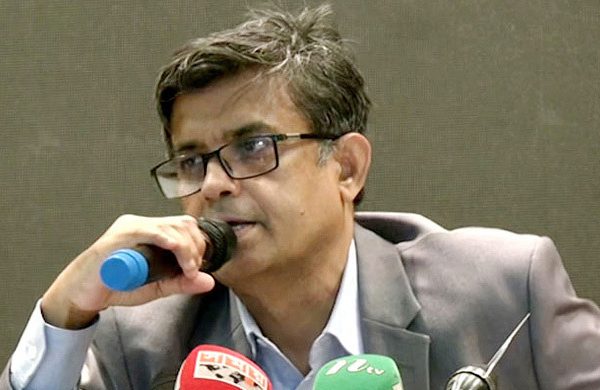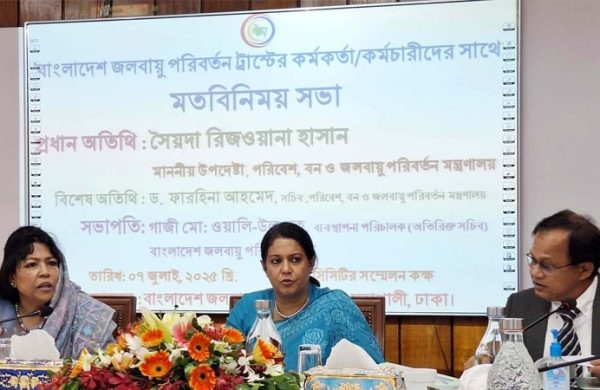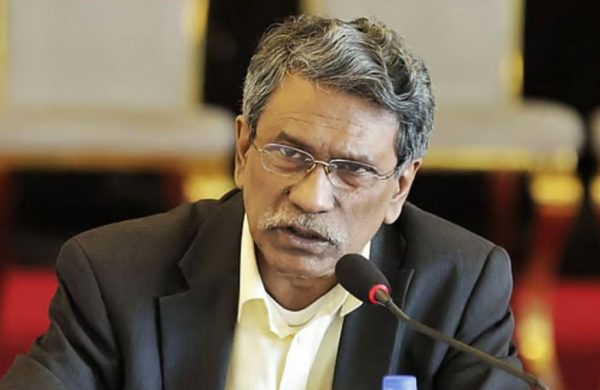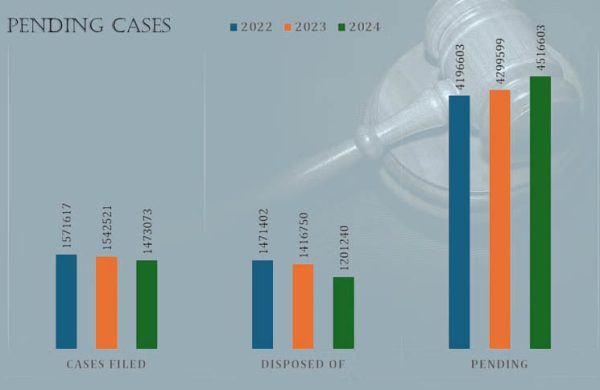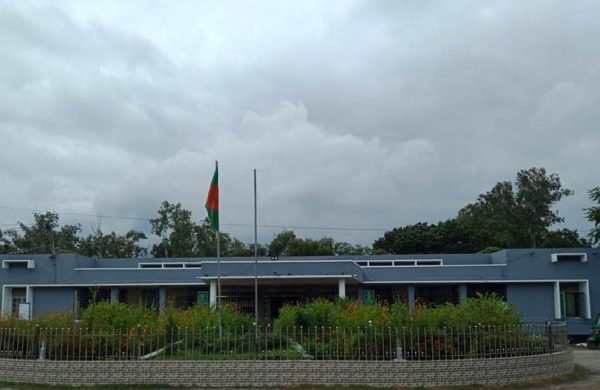Bangladesh improves in frontier tech readiness, climbs 9 spots
- Update Time : Friday, April 4, 2025

TDS Desk:
Bangladesh has made notable progress in its preparedness for frontier technologies, ranking 112th out of 170 countries in 2024, according to the “Technology and Innovation Report 2025” published by the United Nations Conference on Trade and Development (UNCTAD) on Thursday.
Frontier technology readiness refers to a country’s ability to adopt, develop, and benefit from advanced technologies such as artificial intelligence (AI), robotics, and biotech, depending on factors like infrastructure, skills, innovation capacity, and policies.
Bangladesh’s position in the latest Frontier Technology Readiness Index reflects an improvement from its previous ranking of 121st in 2022. Among South Asian nations, Bangladesh ranked ahead of Bhutan, Pakistan, and Afghanistan, while India leads the region.
The index measures how well countries are prepared to adopt and adapt frontier technologies, using indicators such as information and communications technology (ICT) deployment, labour skills, research and development (R&D), industrial capacity, and financial availability.
It highlights areas for improvement to enable the development, adoption and adaptation of these technologies. With a score of 0.37 on a scale of 0 to 1 in the index, Bangladesh was placed in the lower-middle score group.
Out of the five indicators, Bangladesh performed the best in research and development, ranking 61st. It ranked 90th in access to finance, 108th in industrial capacity, and 132nd in labour skills.
According to the UNCTAD report, the R&D activity indicator looks at the number of scientific publications on frontier technologies and the number of patents filed on frontier technologies.
Bangladesh’s worst ranking is in the ICT development indicator, ranking 140th out of 170 countries. ICT development looks at internet users (share of population) and mean download speed (megabits per second), as per the report.
WHAT ARE FRONTIER TECHNOLOGIES?
Frontier technologies are those advanced and emerging technologies – from AI to green hydrogen and gene editing – that have strong transformative potential and offer new opportunities for economic development, sustainability and governance.
These technologies help solve complex problems, allow time-consuming undertakings to be carried out more efficiently and offer potential for scalability and fast diffusion.
One measure by which to assess frontier technologies is their market size, namely, the total revenue generated from the sales of products and services in the market, according to the UNCTAD report.
The report categorises the frontier technologies into three broad groups.
Industry 4.0 Technologies – Artificial intelligence, Internet of things, Big data, Blockchain, 5G, 3D printing, Robotics, Drone technology; Green frontier technologies – Solar PV, Concentrated solar power, Biofuels, Biogas and biomass, Wind energy, Green hydrogen, Electric vehicles; and Other Frontier Technologies – Nanotechnology, Gene editing.
According to the index, the best-prepared countries are the United States, followed by Sweden, the United Kingdom, the Netherlands, Singapore, Switzerland and South Korea.
Developing nations such as Brazil, China, India, and the Philippines have been identified as outperforming in technology readiness.
The countries least prepared for frontier technologies are predominantly in Africa and Latin America and the Caribbean.
INDIA LEADS IN SOUTH ASIA
India is the most prepared for frontier technology among South Asian nations, ranking 36th with an overall score of 0.74, making it the only country in the region to be classified in the high-score group.
The county is followed by Sri Lanka, which ranks at 88th, Nepal at 96th, and the Maldives at 99th, with an overall score of 0.46, 0.42 and 0.41, respectively.
Bangladesh is followed by Bhutan at 117 and Pakistan at 121, with each scoring 0.35 and 0.33, respectively.
All these countries fall under the lower middle score group, except Afghanistan, which falls under the low score group with a score of 0.11, ranked 166th.
AIʼS ECONOMIC BENEFIT
The UNCTAD report states that LDCs and developing countries need to move quickly to align AI adoption and development with their national development goals and agendas.
To date, most AI policies have been produced by developed countries. At the end of 2023, about two-thirds of developed countries had a national AI strategy. Only 6 of the 89 national AI strategies were from LDCs.
Bangladesh and Sierra Leone took the lead in 2019 and were joined by four other LDCs in 2023.
According to the report, AI is expected to reach $4.8 trillion in market value by 2033, becoming a prominent force in digital transformation. However, access to AI infrastructure and expertise remains concentrated in a few economies.
Just 100 firms, mainly in the US and China, account for 40% of global corporate R&D spending. Leading tech giants, such as Apple, Nvidia and Microsoft, each have a market value of around $3 trillion, rivalling the gross domestic product of the whole African continent.
Market dominance, at both national and corporate levels, may widen technological divides, leaving many developing nations at risk of missing out on its benefits.



